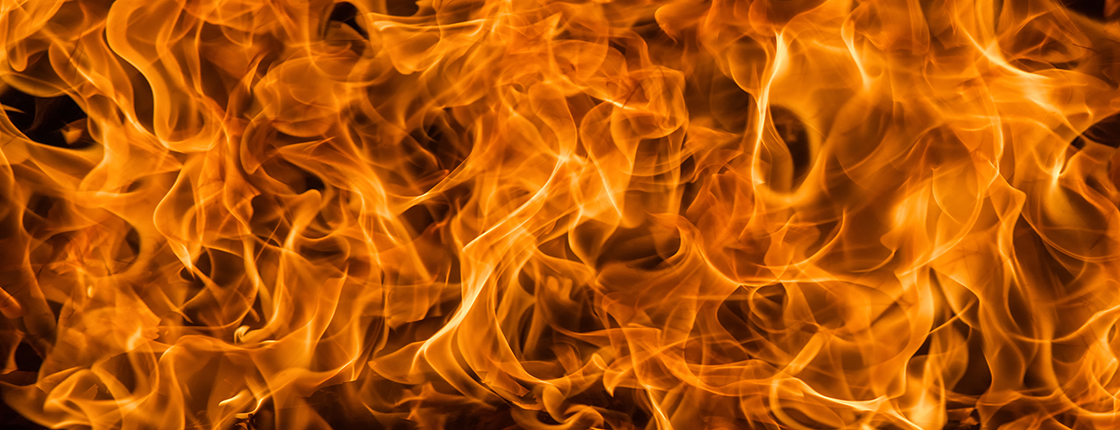Beoroa's Inferno
Purpose
To record the fire that destroyed the Beoroa city, Saivi and the smaller cities and settlements around it.
Historical Details
Background
The people of Beoroa value the bonds formed by people above all else with community and family the two values the country was built upon. This emphasis on these two values led to people building homes next to or extensions of their parents' homes.
The year of 216 B.R.C was the driest summer in Beoroa's history with Saivi and the surrounding cities suffering a drought that lasted through the following year. This combined with the summer of 217 being the hottest summer up until that point, made for the perfect conditions for wildfires.
Additionally, the Beoroa's way of building buildings that took up entire blocks that were filled with both homes and businesses, with the first floors of most buildings had at least one business that used chemicals that worked as accelerants, caused even small fires to expand and grow quickly.
After the fire four survivors Borte Maral, Chiluku Degei, Orbei Maqali, and Zayaat Tuva wrote their accounts of the fire in addition to the accounts of dozens of other survivors.
The year of 216 B.R.C was the driest summer in Beoroa's history with Saivi and the surrounding cities suffering a drought that lasted through the following year. This combined with the summer of 217 being the hottest summer up until that point, made for the perfect conditions for wildfires.
Additionally, the Beoroa's way of building buildings that took up entire blocks that were filled with both homes and businesses, with the first floors of most buildings had at least one business that used chemicals that worked as accelerants, caused even small fires to expand and grow quickly.
After the fire four survivors Borte Maral, Chiluku Degei, Orbei Maqali, and Zayaat Tuva wrote their accounts of the fire in addition to the accounts of dozens of other survivors.
History
Beoroa's Inferno was an urban fire that destroyed a number of towns and the city of Saivi and blazed for eight days straight from the 15th of Euth to the 24th during the summer of 217 B.R.C. The fire killed over 1000 people, destroyed tens of thousands of buildings and left nearly 180,000 homeless.
No one is sure how exactly the fire started, it could have been someone accidentally knocking over a lantern or bales of hay spontaneously combusting but, everyone who survived says that the fires started in the communal storage building on the edge of the city. Within minutes the building was engulfed in flames and quickly spread to the nearby buildings that were less than a foot away from it. The fire them leaped from building to building until by daybreak the next day the entire city had been engulfed. It's thought that half of the casualties occurred when the first few building went up as people simply did not have time to react to the fires. The other half occurred in multi-story buildings in which people were trapped either by the fire consuming the first few floors or by the fire being accelerated by the chemicals in the shops below. Heartbreakingly, a majority of the victims were young children and grandparents who were on these higher levels while the parents and older children were in school or working.
For a brief moment on the second day it was thought that the fire would be able to be contained. Then, around noon a wind began blowing from the west, giving strength to the fire and causing sparks and embers to be carried to the surrounding fields and grasslands. Due to the year-long drought, the fields were nearly barren but, the grasslands were filled with dry grass, shrubs, and trees that quickly became kindling for the fire. Thankfully, the people of Saivi had already sent warnings to the surrounding towns of Busai and Huisu so there were only a handful of casualties. Unfortunately for these towns, however, they both were completely engulfed and destroyed by the fire on the second and third day after the fires start.
Over the course of the next few days, a number of villages and small towns would find themselves the victims of the fire as well. On the seventh day, however, the beleaguered people caught a break and were able to start containing the fire and were able to completely put itt under their control by midday on the eighth day of the inferno.
Legacy
The inferno caused the architecture style of the Beoroa people to change drastically with houses and businesses being built separately and further apart causing cities to spread out although the people's emphasis on community and family never waned and was in fact strengthened. As well as a country-wide irrigation project that saw the creation of dozens of man-made streams and rivers well as numerous wells to ensure that even isolated villages had proper access to water.
Type
Record, Historical
Medium
Vellum / Skin
Authoring Date
214 B.R.C
Location
Signatories (Characters)
Signatories (Organizations)
Fatalities:
1,100 people (Estimated)Buildings Destroyed
51,000
Cover image:
Blaze fire flame background and textured
by
peangdao



Comments